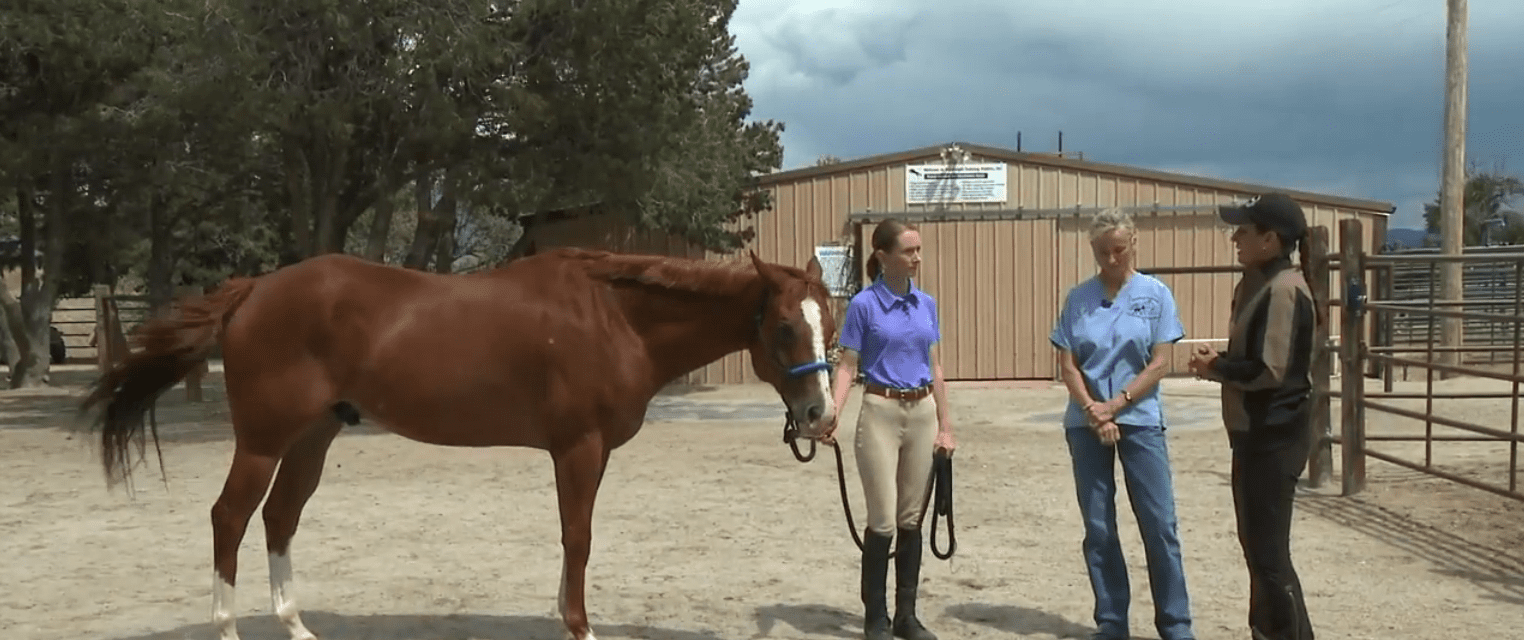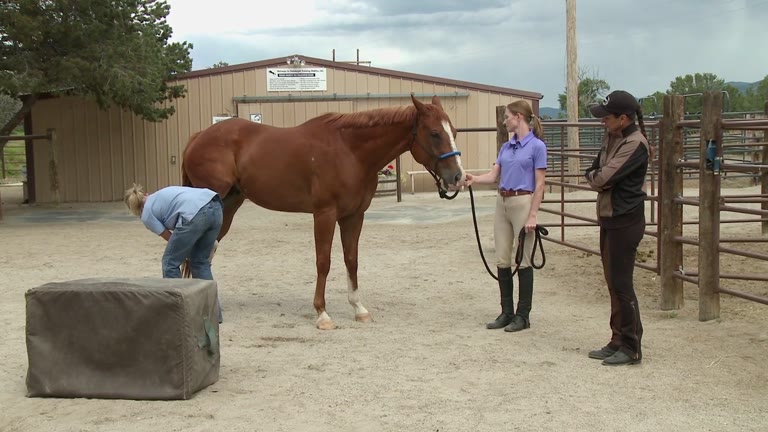First Aid
Sometimes it seems like a horse could hurt himself even if you locked him in a padded stall. Running and playing with other horses keeps your horse happy but may mean he occasionally gets scuffed up. Being flight animals and very social animals, means that wrecks and injuries can happen. With time and experience, you will learn how to deal with minor first aid issues and you’ll know when it is important to call the vet. When daily care and treatment is required, your vet will show you what needs to be done, but there are a few skills that are important for horse owners to have.
First Aid Supplies:
Make sure you have all the first aid supplies on hand that you might need, before you need them. Here’s what I like to keep on hand, readily available in my barn:
Betadine surgical scrub and Hydrogen peroxide for cleaning wounds
Witch hazel (a cleaning stringent that does not sting)
Alcohol and cotton balls (for cleaning implements and for use with injections)
Saline solution (for irrigating eyes or any mucus membranes)
Skin ointment like Corona, for minor scrapes
Medicated ointment like furason (for cuts and wounds)
Blue lotion (spray or liquid, for scrapes and small cuts)
Lubricating gel, Vaseline
4×4 sponges (or gauze pads) for cleaning and dressing wounds
Bandaging supplies: cotton, rolled gauze, vet wrap, Duct tape
Disposable diapers (infant size; great for girth sores or foot bandages)
Disposable gloves
Large syringe and mastitis needle (for irrigating puncture wounds)
Digital thermometer
Bandage scissors
Clippers
Stethoscope
Drugs (issued by vet): bute, banamine
Scrapes—losing a bit of hair but not breaking the skin happens all the time as horses bite and kick each other or run into branches or fences and you shouldn’t worry too much about it. Keep the scrape clean and rub a little ointment on the skin to help encourage the hair to grow back. If there’s an abrasion but not through the full thickness of the skin, I might use Blue Lotion to help dry it up and protect the skin.
Cuts—first determine if the cut is deep enough for sutures or in a place where it needs suturing, like the face or lips. When in doubt, call the vet. To treat cuts, wash the wound with a mild disinfectant soap like betadine (diluted to the color of iced-tea). Scrub around the edges of the wound (you might need to clip away hair) briskly to encourage good blood flow and make sure all foreign matter and scabs are washed away. After it dries, use a medicated ointment like furason and keep the cut dry and clean and exposed to the air when possible. Bandaging is sometimes required to keep the wound clean, but it should be done by someone that knows how. If the wound needs sutures, your vet will give you treatment instructions.
Puncture wounds– are really common, like for instance when a horse runs into a branch and jabs a stick into his flesh. Punctures may be hard to recognize since from the outside the wound is very small but on the inside it could be big. Puncture wounds must heal form the inside out—to be kept clean and irrigated to keep a scab from forming. If a puncture wound is not kept clean and draining, it can turn into an abscess. Look for signs of a puncture wound which may be small on the outside but deep or bigger on the inside and may have debris inside. Wash thoroughly, clip away all hair from the edges of the wound and try to prevent a scab from forming over the opening. Use a mastitis needle and syringe with a mild betadine solution to irrigate the wound daily to insure that it heals from the inside out. Consult your vet if you suspect foreign matter may be in the wound or if the horse may need antibiotics.
Hoof abscesses are common in horses, particularly in wetter/warmer climates. They are characterized by sudden, acute lameness where the horse may not even be weight bearing on the affected foot and/or is pointing his toe. Always consult your vet on lameness but if it is thought to be a hoof abscess, you may need to soak the foot in warm water with Epsom salt a couple times a day for a few days, until the abscess bursts and drains—which should give the horse immediate relief of pain. In some cases, the hoof may need bandaging after the abscess comes out, to prevent further infection. Always follow your vet’s advice.
Cleaning, dressing and bandaging wounds: Usually it’s best to keep wounds clean, dry and exposed to air and sunlight. But sometimes wounds are really hard to keep clean and they may need to be bandaged to promote better healing—let your vet decide. Bandaging horses is tricky and if done incorrectly, the bandage may come off or, in worst case scenarios; the bandage could cause discomfort or further injury to the horse if it gets too tight and cuts off circulation.
Wounds should be cleaned, dried and medicated before bandaging. Only some places on the horse can be effectively bandaged and the most common place is the feet and legs. All bandages on the legs should be padded so as not to disrupt circulation and they should be wrapped well above and well below the injury. Make sure there is an even tension all the way around on the wrap—not too tight. Usually you will have to wrap all the way to the foot to keep the bandage from slipping down. Sometimes a ballistic layer needs to be added at the end to keep the bandage from ripping or being torn off by the horse. Duct tape can be handy. Consult your vet on how often the bandage should be changed and what medications to use.
For your own safety, always keep in mind that a sick or injured horse may be more dangerous or react in ways that aren’t typical for that horse—so use extra caution. Always wear disposable gloves for your own protection from chemicals, medications and infection.



